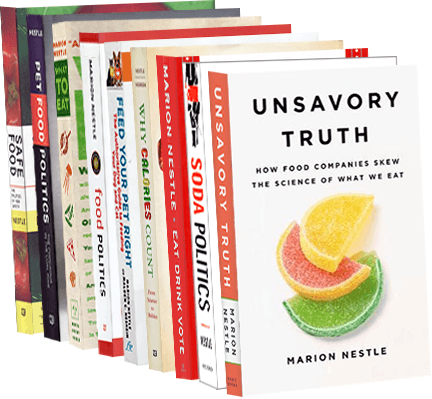How about reassessing First Amendment “right” to market junk foods?
Food companies insist that they can make health claims for their products, whether backed by science or not, because commercial speech is protected by the First Amendment.
The First Amendment, in case you have forgotten, says:
Congress shall make no law respecting an establishment of religion, or prohibiting the free exercise thereof; or abridging the freedom of speech, or of the press; or the right of the people peaceably to assemble, and to petition the Government for a redress of grievances.
In a commentary in JAMA earlier this year about front-of-package labeling, David Ludwig and I argued that it was time to take another look at current interpretations of the First Amendment suggesting that free commercial speech is equivalent to free political or religious speech. Surely, we said, consumers would be better off without front-of-package labels and health claims on food products.
Last month, the British journal Public Health Nutrition published an article by Timothy Lytton, the Albert and Angela Farone Distinguished Professor of Law at Albany Law School.
His article, “Banning front-of-package food labels: First Amendment constraints on public health policy,” takes issue with our JAMA argument:
In recent months, the FDA has begun a crackdown on misleading nutrition and health claims on the front of food packages by issuing warning letters to manufacturers and promising to develop stricter regulatory standards. Leading nutrition policy experts Marion Nestle and David Ludwig have called for an even tougher approach: a ban on all nutrition and health claims on the front of food packages.
Nestle and Ludwig argue that most of these claims are scientifically unsound and misleading to consumers and that eliminating them would ‘aid educational efforts to encourage the public to eat whole or minimally processed foods and to read the ingredients list on processed foods’.
Nestle and Ludwig are right to raise concerns about consumer protection and public health when it comes to front-of-package food labels, but an outright ban on front-of-package nutrition and health claims would violate the First Amendment. As nutrition policy experts develop efforts to regulate front-of-package nutrition and health claims, they should be mindful of First Amendment constraints on government regulation of commercial speech.
And now, Public Health Nutrition has just published our letter in response to Lytton’s paper. We say:
In his thoughtful paper about front-of-package food labels, Timothy Lytton states that a ban on such labels would violate First Amendment provisions of the US Constitution. Lytton cites case law to argue that lower courts have consistently interpreted the First Amendment as providing guarantees of free commercial speech.
Indeed they have, and in 2003, the Bush Administration Food and Drug Administration (FDA) stopped defending against misleading health claims cases on First Amendment grounds. We are not lawyers and make no pretense of arguing case law. However, it seems obvious to us that this interpretation of the First Amendment neither follows its original intent, nor promotes the public interest.
The founding fathers clearly intended the First Amendment to guarantee the right of individuals to speak freely about religious and political matters, not the right of food companies to market junk foods to children and adults. Laws are subject to reinterpretation and change, as the history of civil rights legislation makes clear.
That politics influences interpretation of the law at the highest level is evident from the US Supreme Court’s decisions in Bush v. Gore (2000) and Citizens United v. Federal Election Commission (2010).
We think the time has come for major legal challenges to the right of corporations to mislead the public on the grounds of free speech. The front-of-package health claims controversy demands immediate attention. We hope that legal scholars will examine current food marketing practices in the light of the First Amendment and establish a firm legal basis for bringing this issue back to court. Lytton’s arguments make the need for such reconsideration perfectly evident.
Public interest lawyers: get to work!


